Il meglio di una settimana molto universitaria (e alcuni dubbi sulle note di degustazione del WSET)*
di Alessandro MorichettiI post più letti degli ultimi sette giorni.
1 – Vini di Vignaioli 2016 a Fornovo è in cima alla classifica delle mie fiere preferite.
2 – La femmina parkerizzata e quella naturale, punti di contatto ma soprattutto differenze.
3 – Vini di Vignaioli a Fornovo con intrusi. Lista di assaggi e “il vino della manifestazione”.
4 – Passare da Sergio Germano ai Ramones nello spazio di un Hérzu 2012.
5 – 10 Best.
6 – Barolo Borgogno Riserva: una verticale dal 1996 al 2009.
7 – Florilegio di commenti sulle Guide ai ristoranti 2017: scopri chi l’ha sparata più grossa.
8 – Anoressia e disturbi dell’alimentazione. Più che crociate, servono educatori.
9 – Ecco le 100 migliori cantine d’Italia 2016 secondo Intravino, cioè La Bibbia.
10 – Assaggio con punteggi dei vini Eurospin “integralmente prodotti”: qualcuno buono, altri per nulla.
* Tratto dall’articolo “Crime Against Wine – How WSET Fails As A Tool To Describe Wine” di Nick Ryan sull’Australia’s Wine Business Magazine.
It’s particularly useful in the bizarre world of sommelier competitions and anywhere the ability to identify the identity of a wine is considered the primary purpose of its pouring.
But if you happen to think wine’s greatest asset is its ability to loosen tongues to the point they form beautiful sentences describing what they’re experiencing, then it’s likely to leave you a little depressed.
By the time I’d read papers by a dozen participants in the Working with Wine papers that described Paolo de Marchi’s sublime Cepparello 2007 as a “wine with medium colour, medium + intensity of aroma and medium + acidity finishing with medium tannins and medium + length” I wanted to cry.
After fifty of them I wanted to run a hot bath, drink a bottle and open a vein. The process took most of them to ballpark conclusions, some even nailed the wine completely, but by the time they got there I no longer cared.
(…)
I can’t imagine a sommelier standing at my shoulder telling me the Mersault would be a good choice because of its “medium+ acidity” so why should it be acceptable on the page.Once aware of my feelings, participants were able to put together some lovely notes that told me a lot more about how they saw the wines in question than correctly picking their identity ever could.
The WSET is an excellent organisation doing really good work and the Systematic Approach to Tasting Wine is a useful tool for unpacking a wine, but it’s not a tool that can be used to describe it. It ticks boxes but it doesn’t spark emotions. It diminishes the journey in a rush to reach the destination and great wine deserves better than that.
And any sentence that features a mathematical symbol is a crime against humanity.
.

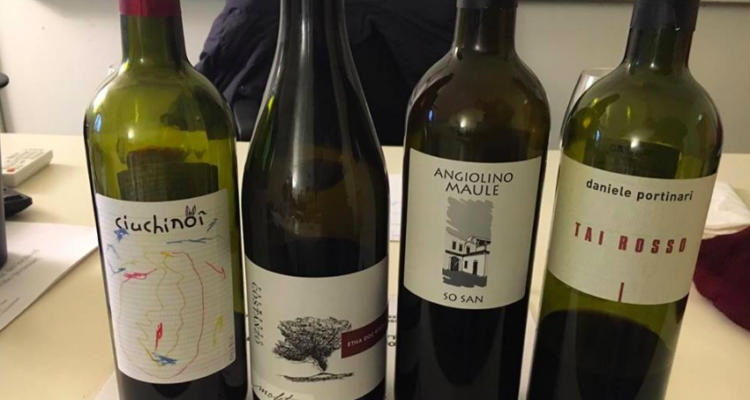
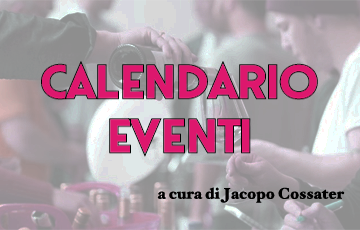
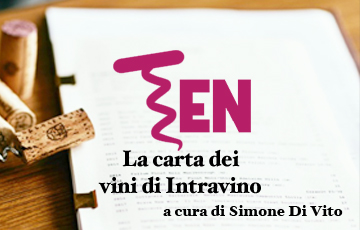
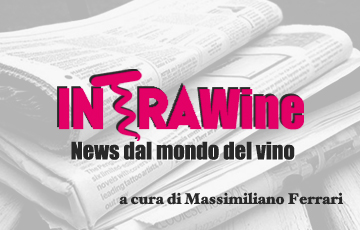
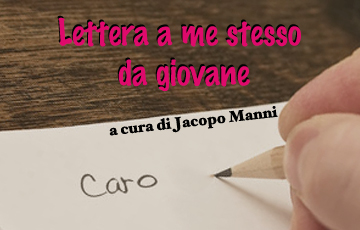






Nessun Commento